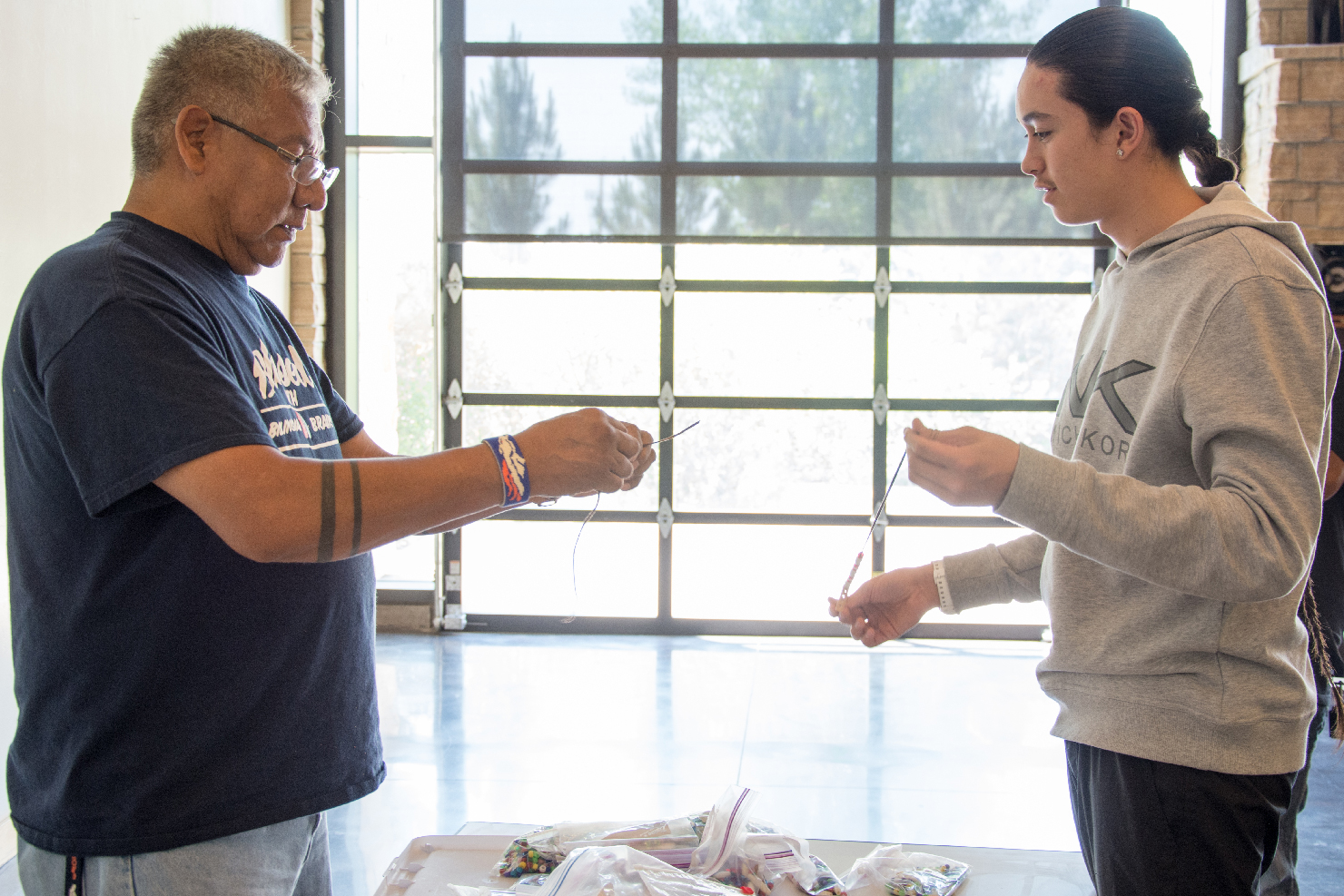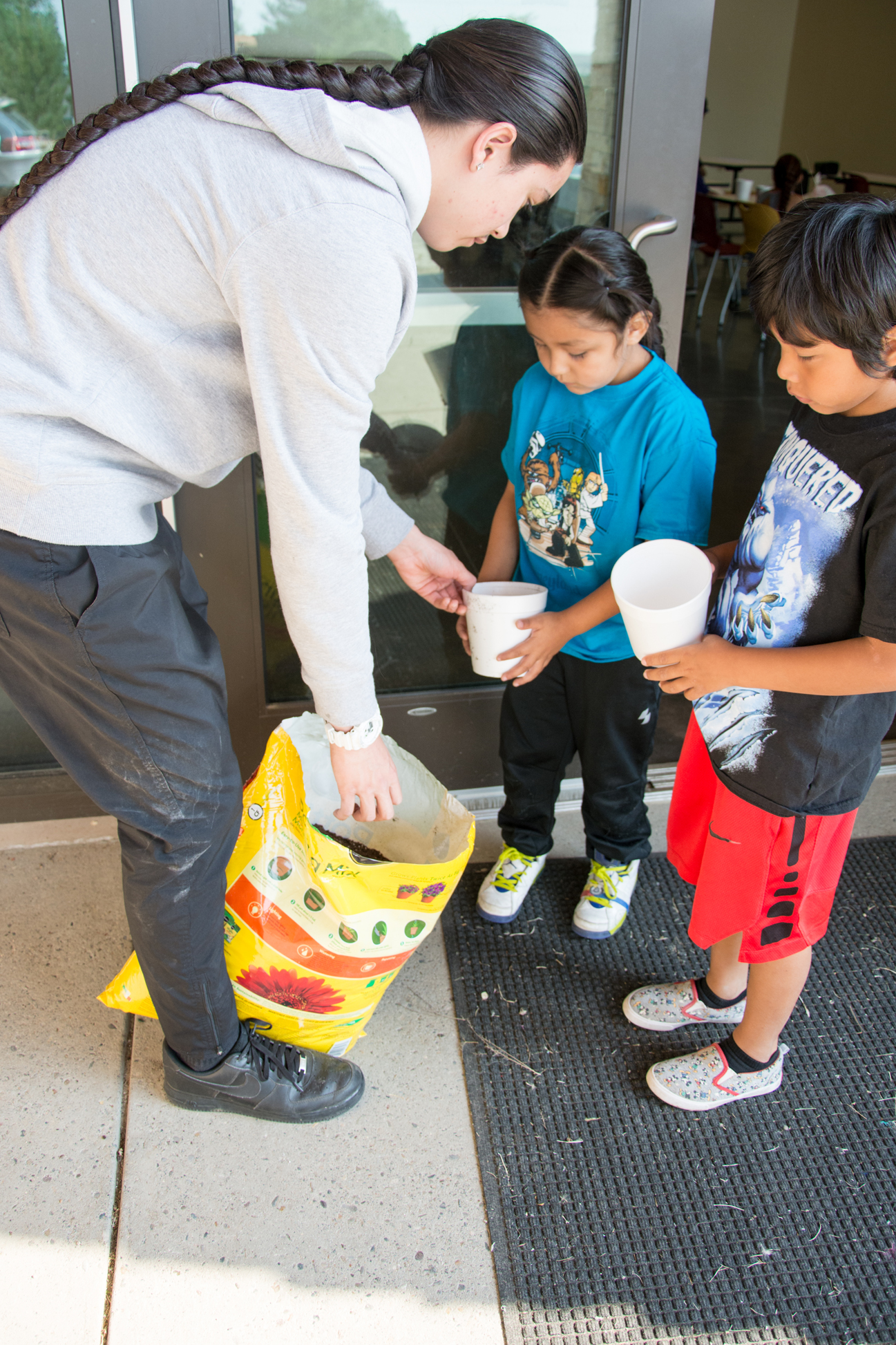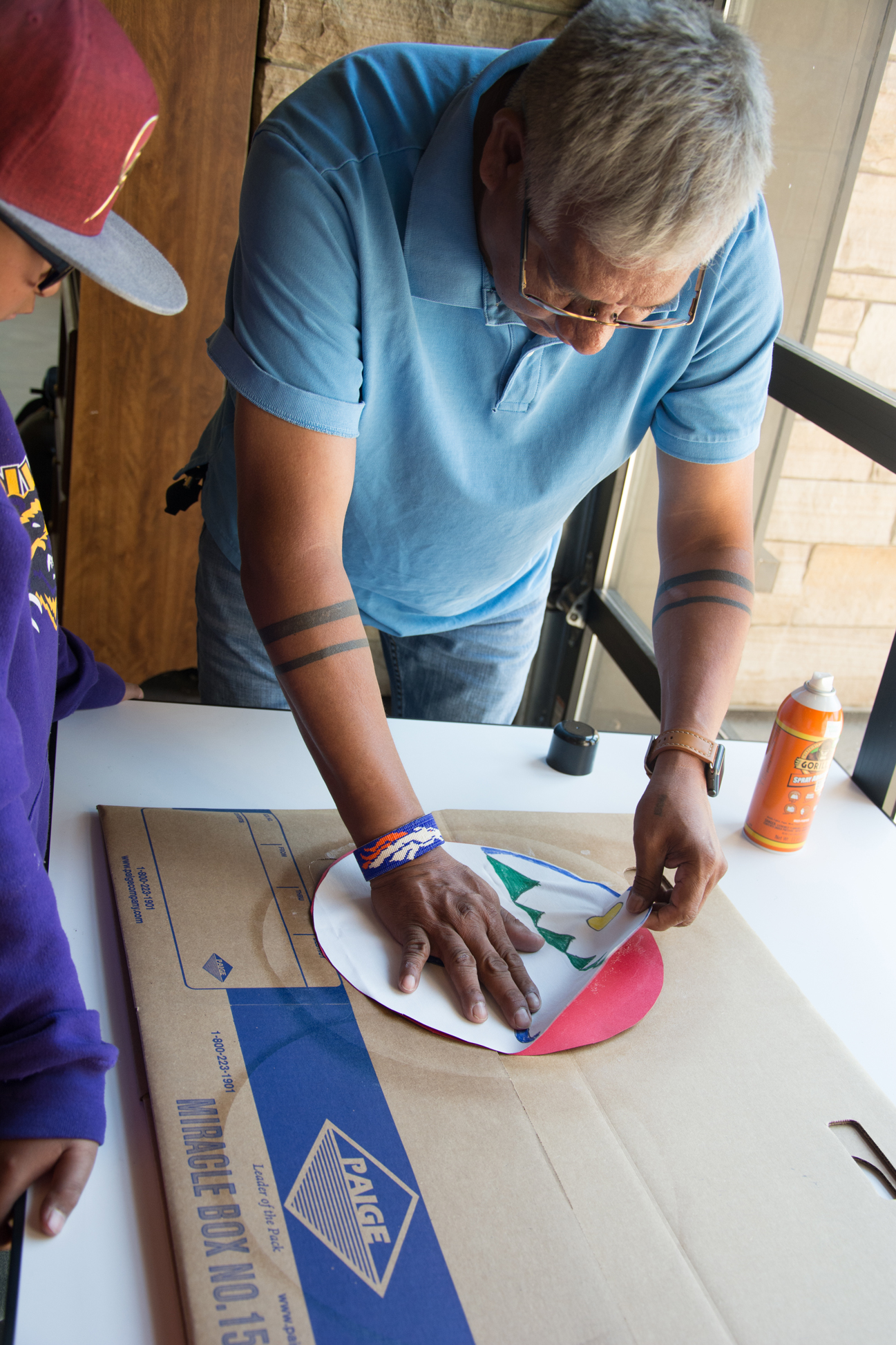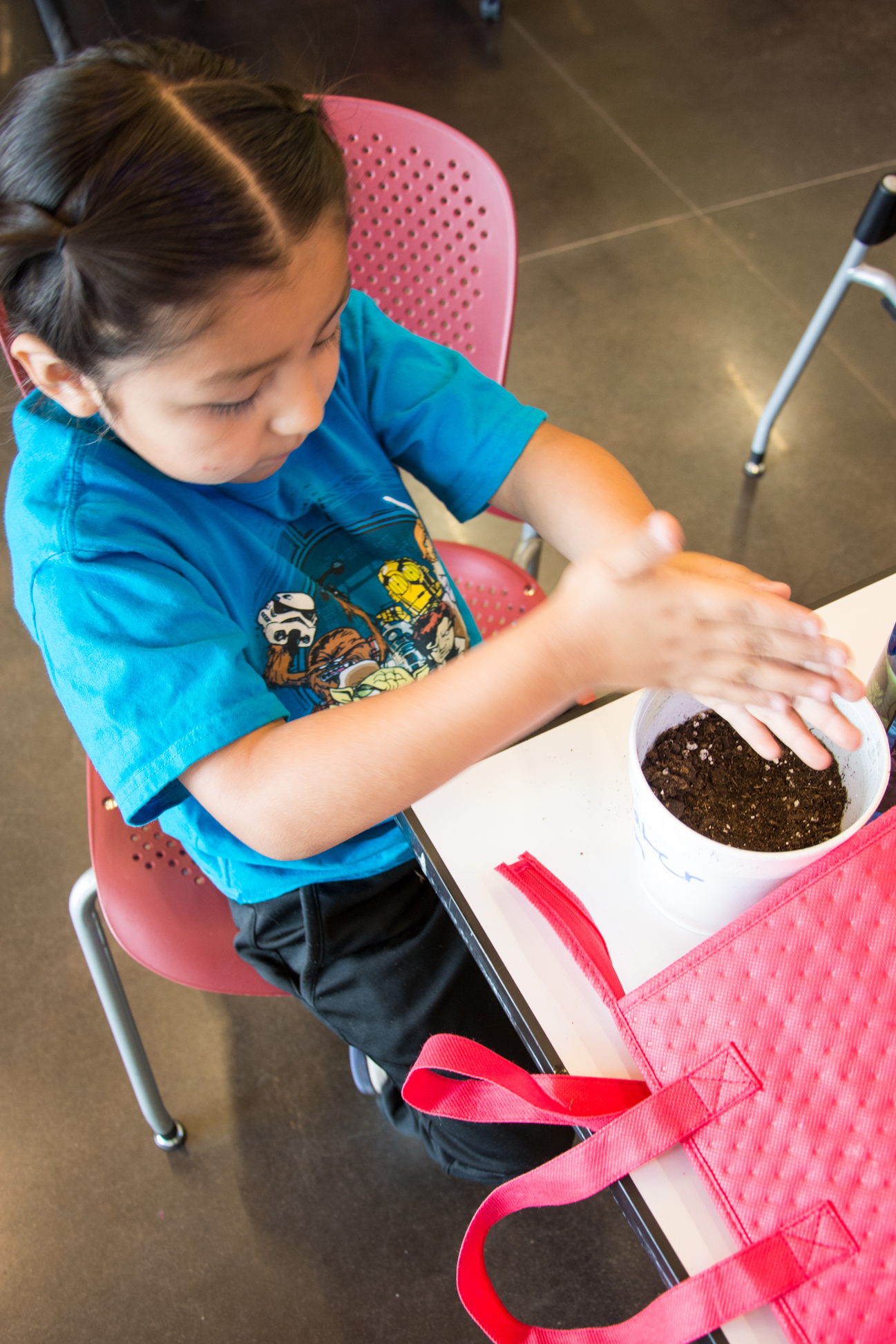Ute camp cultivates culture







As the annual culture camp kicks off this year, Southern Ute children spend three days together to cultivate and learn as much as they can about the culture of the Southern Ute Indian Tribe. The first culture camp was held back in 2013 and has been held every year since by the Southern Ute Cultural Department in their effort to keep culture alive. The camp encourages all youth participants to learn more about themselves and their Ute heritage.
“We decided to try something different this year, and so far, the kids have been enjoying it,” Southern Ute Cultural Director, Edward Box III said about the camp being held in a different location this year. The three-day camp was hosted in the large classroom of the Southern Ute Museum and spanned from Monday, June 11 through Wednesday, June 13 and was open to enrolled Southern Ute tribal members and descendants
This year’s culture camp involved fourteen kids between the ages of six up to ten. On the first day of camp, for the 6-10-year-old’s, campers were able to pick out a garden seed of their choice and were then instructed to pot and plant the seed to take home with them at the end of camp. The kids and Education Coordinator Hanley Frost crafted traditional choker necklaces for the campers to take home. To end the first day, a frybread making class was held to encourage the young participants to perfect their cooking skills.
The second day of camp kept kids busy, as they spent the morning creating rock art, which was an activity meant to teach them that this is how the Utes used to communicate, Box explained. During the afternoon, girls spent time making small tipis and the boys were able to design their own shields with the help of the Culture Department. The tipis were made of canvas that the girls could personalize with markers and to assemble the final piece, the Culture Department helped glue and tie up each tipi. The boys spent their time placing images and attaching items to their shields for different protection purposes.
For the third and final day, the participants traveled to neighboring Pagosa Springs for a day of relaxation and fun.
Following the local day camp, a group of 11-17-year-old participants left for a two-day field trip to explore other areas of Colorado. While out and about, the campers visited the Ute learning garden in Grand Junction, a rock art (petroglyph) site in Delta, the Ute Indian Museum in Montrose and ended the trip with the healing waters of the thermal hot springs in Ouray.
All the activities the children participated in had a mixture of hands-on learning, cultural lessons, and teachings. The camp was ended with a short field trip, to get some summer fun tied in. Throughout the camp, all of the students were encouraged to speak the Ute language and to ask questions about anything they wanted, because ultimately the camp is there to help preserve and teach Ute culture.







